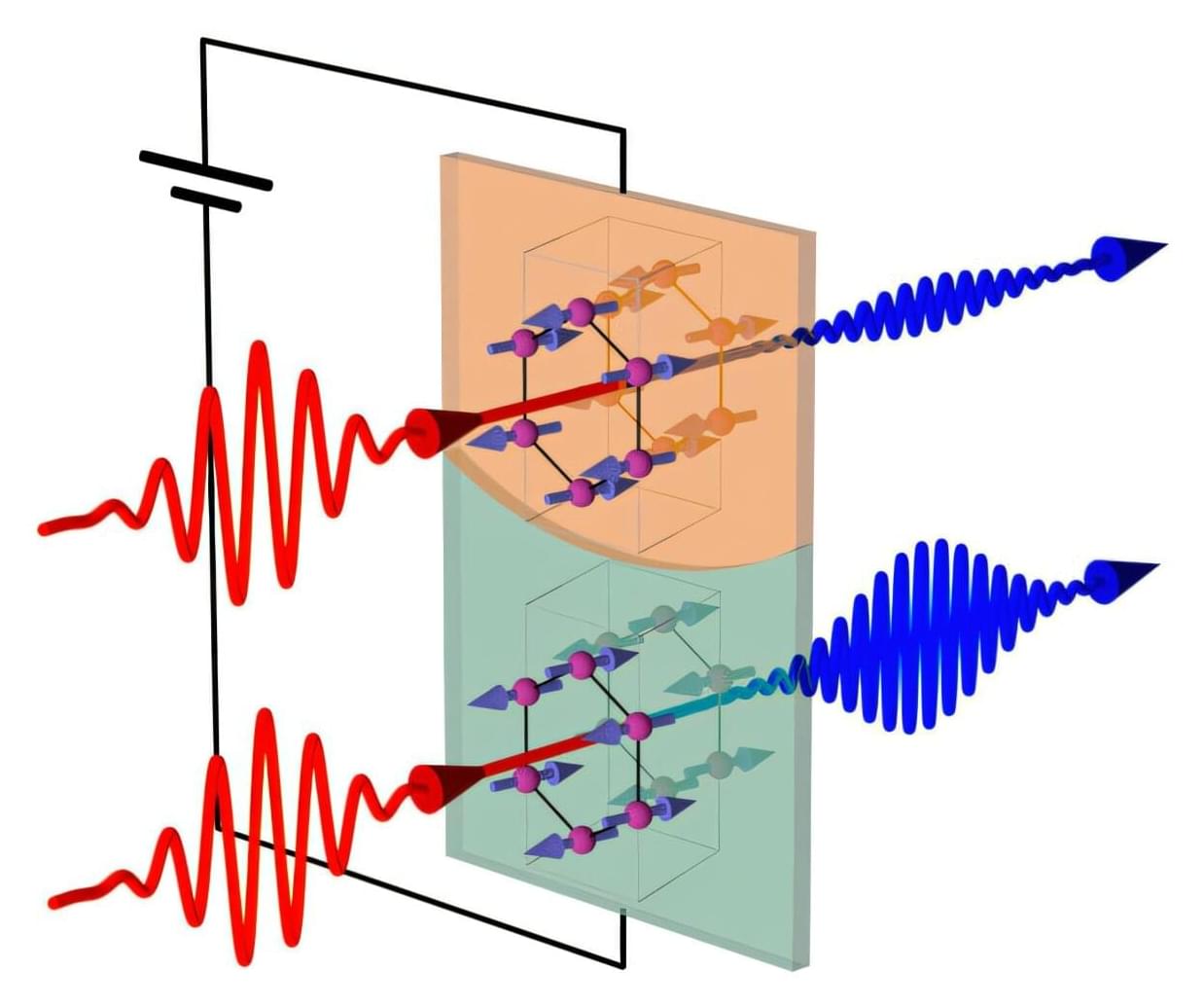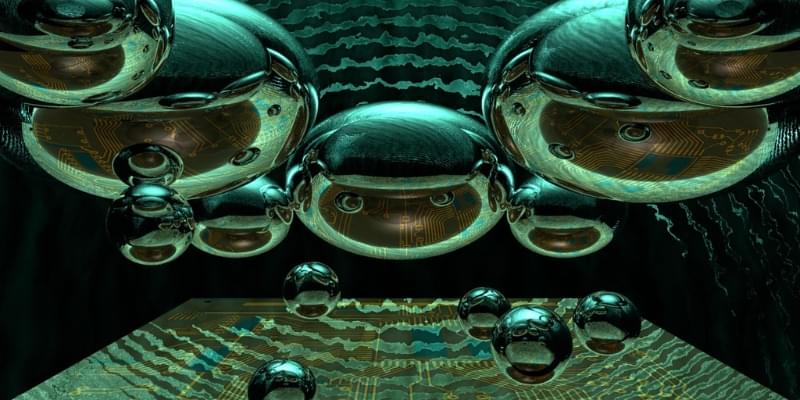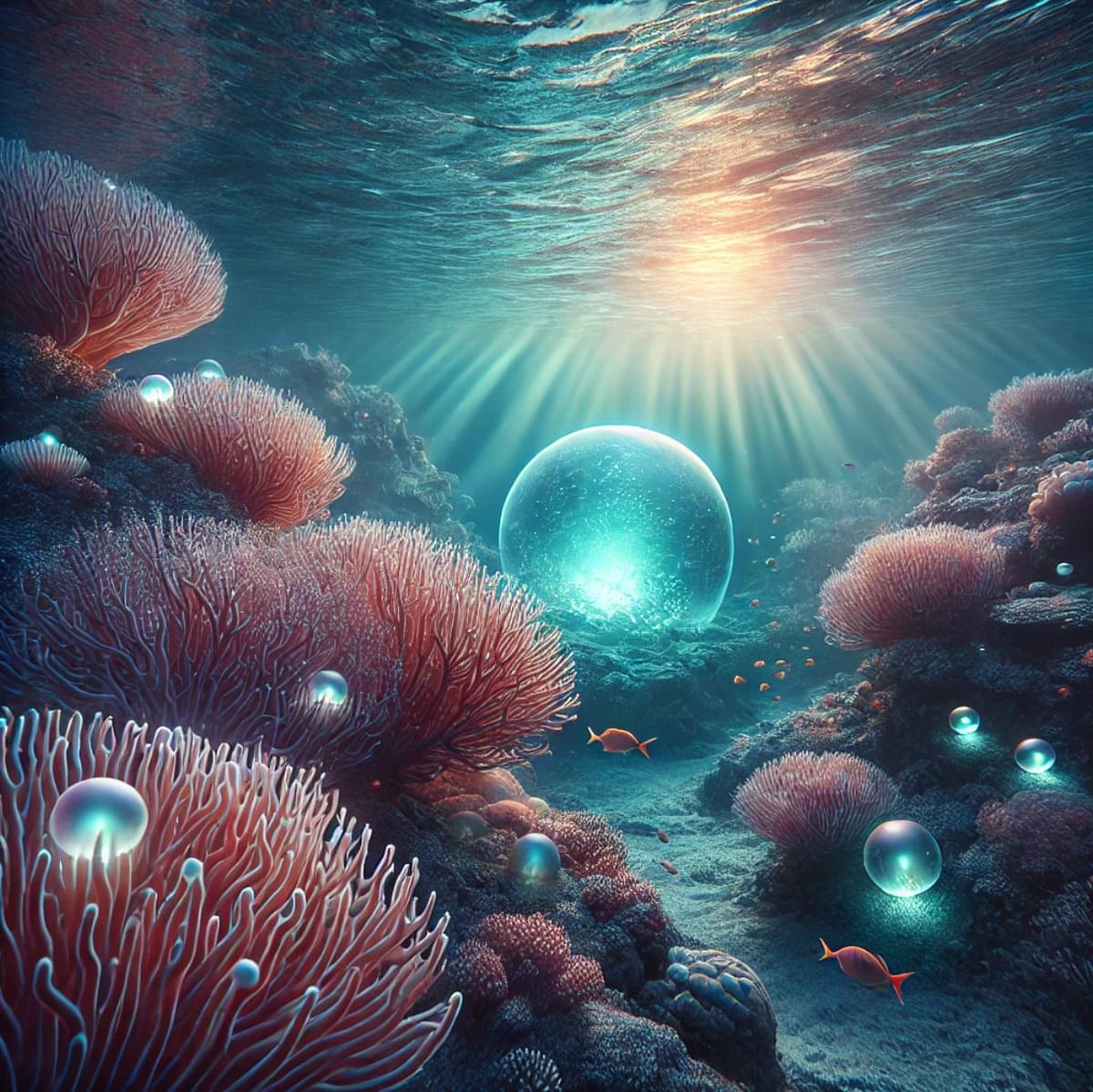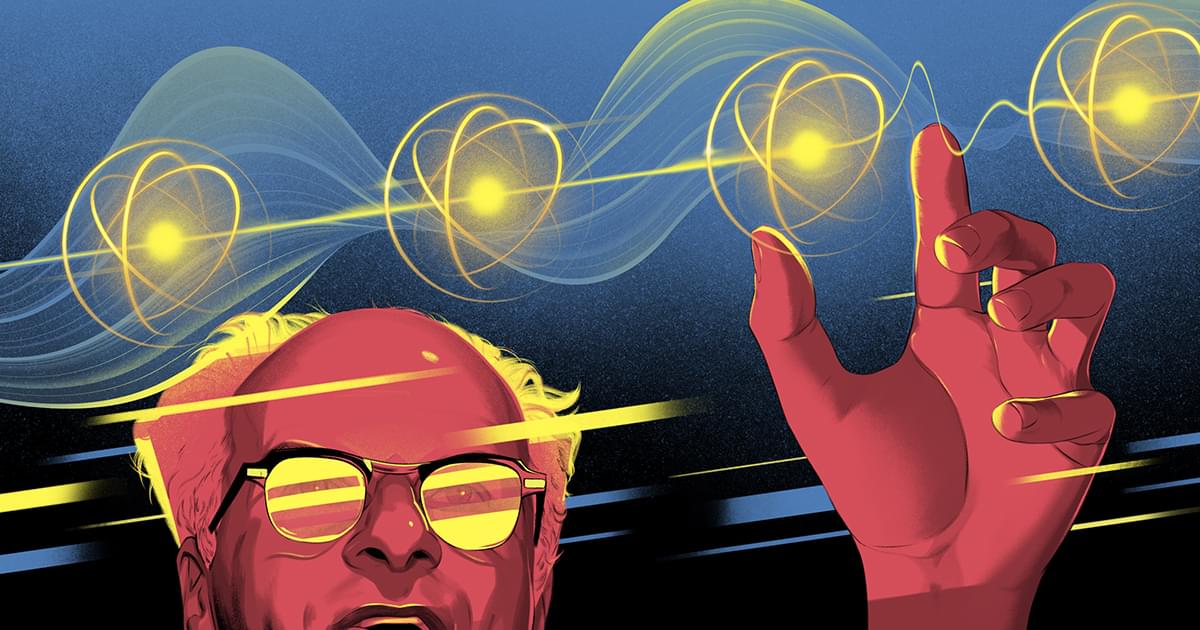Devices that leverage quantum mechanics effects, broadly referred to as quantum technologies, could help to tackle some real-world problems faster and more efficiently. In recent years, physicists and engineers have introduced various promising quantum technologies, including so-called quantum sensors.
Networks of quantum sensors could theoretically be used to measure specific parameters with remarkable precision. These networks leverage a quantum phenomenon known as entanglement, which entails a sustained connection between particles, which allows them to instantly share information with each other, even at a distance.
While quantum sensor networks (QSNs) could have various advantageous real-world applications, their effective deployment also relies on the ability to ensure that the information shared between sensors remains private and is not accessible to malicious third parties.








